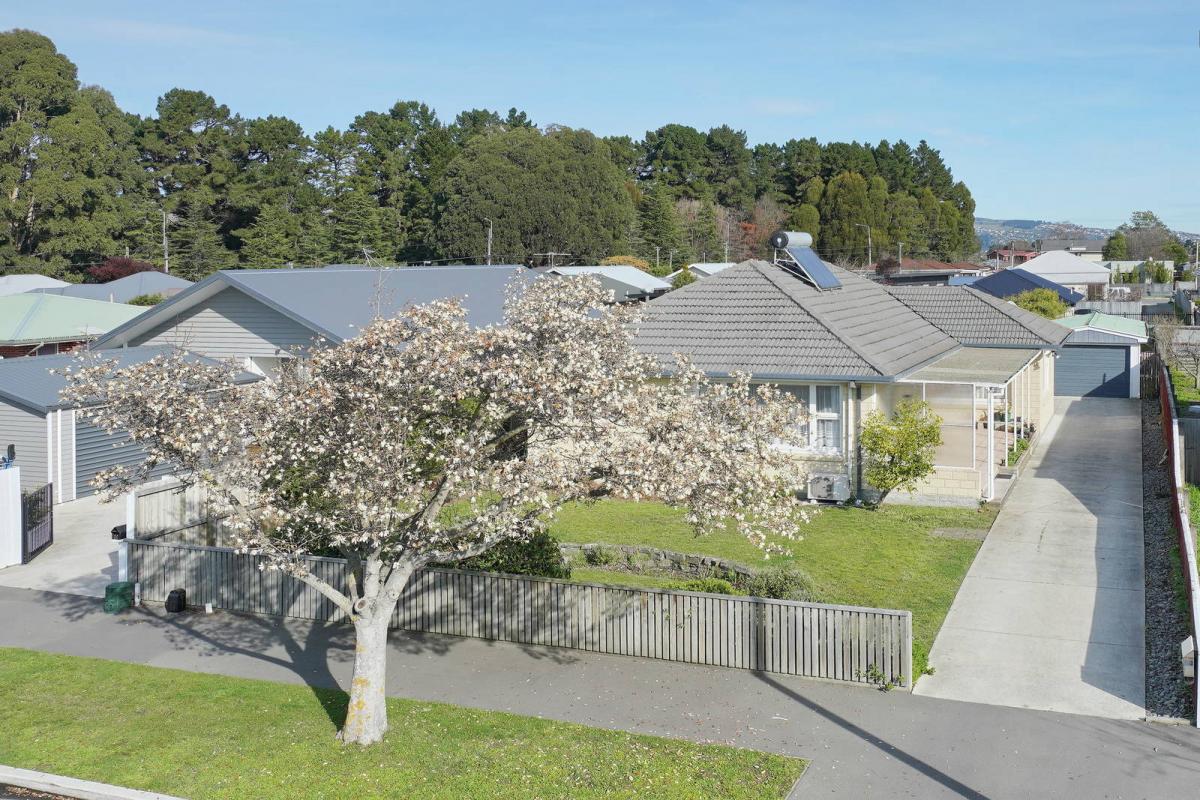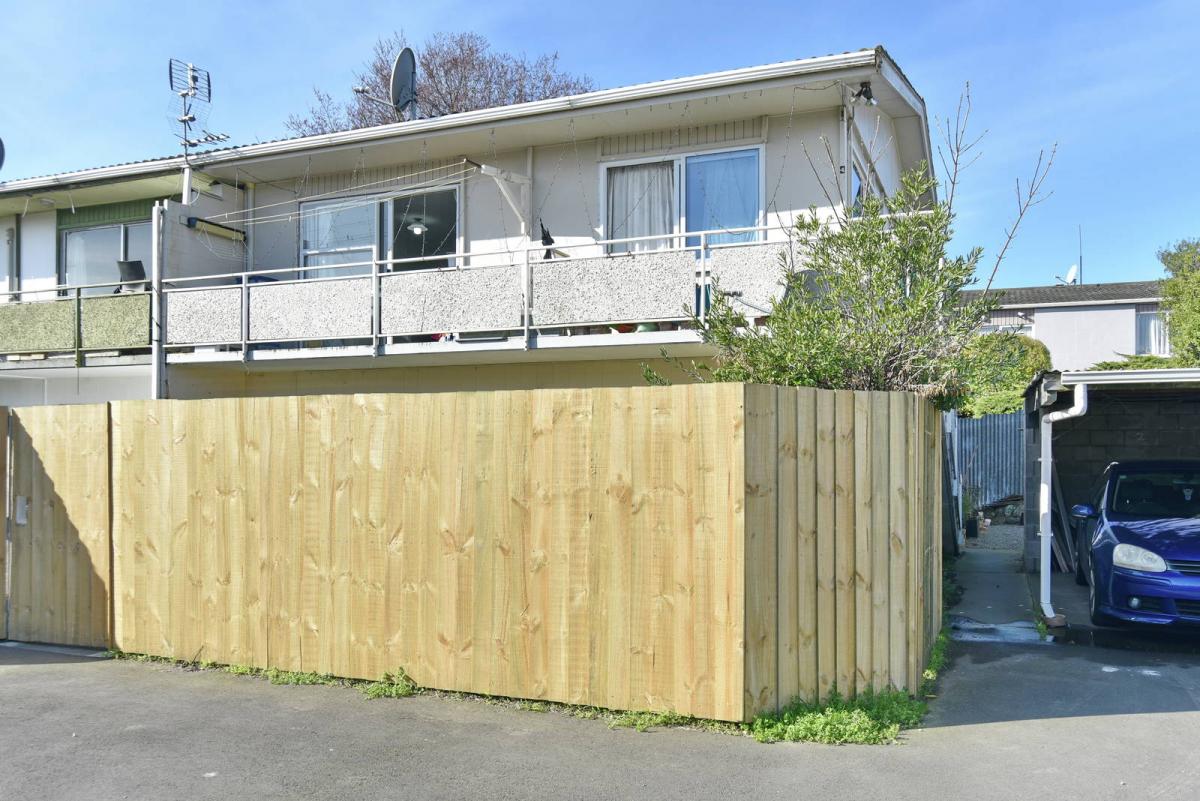From field to felt: uncovering the story of the Anzac Poppy
Every year without fail, the red blooms appear on politicians' jackets and in street appeals - but have you ever wondered where they came from?
For many younger New Zealanders, the poppy could seem to be a symbol of Anzac pride. However, it had little to do with the Anzacs at first, but was rather originally conceived for an American audience.
The symbol of the poppy itself comes from Lieutenant Colonel John McCrae's famous WW1 poem 'In Flanders fields', which begins with the opening lines: "In Flanders fields the poppies blow, between the crosses row on row".
It was these moving verses which inspired American war secretary Moina Michael to use red silk poppies as a symbol of remembrance.
After campaigning for two years to get the symbol recognised nationally, the poppy was adopted by the National American Legion as their official symbol at a conference in 1920.
Attending this conference was Frenchwoman Anna A Guérin, who saw the potential to sell poppies and put the proceeds towards caring for veterans, their families and poor children. She also had the foresight to take it beyond America to Canada, the UK, Australia and New Zealand.
After her representative Colonel Alfred Moffatt suggested the idea to the RSA in September 1921, a motion was passed and the RSA placed the first order for poppies.
Like the other countries, the RSA was planning to hold its first annual Poppy Appeal around Armistice Day (November 11): however, thanks to the French ship carrying the poppies arriving late, the decision was made to delay sales until Anzac Day, 1922.
The first Poppy Appeal was a huge success, birthing the tradition where poppies go on sale in the weeks before Anzac Day and thus tying them to the day forever.
While the poppies were originally sourced from France, the RSA began producing its own in 1931, which were made by former servicemen in Auckland and Christchurch. Production was to go offshore again in 2010: however, this proved controversial and the contract eventually returned to Christchurch for the period from 2014 to 2019.
As poppies reappear this year, take a moment to remember their long journey and how they help the very organisation caring for our soldiers.
Yet more importantly, like the generations before us moved by McCrae's poem, remember those Flanders fields and what the symbol truly stands for - to never forget.
Story by Jordan Gowan
Thanks to this local business:
Staples Rodway Limited

Poll: What does 'Kei te pēhea koe' mean?
Te Wiki o te Reo Māori (Maori Language Week) is upon us and we always love to get involved.
Add your vote to the poll and share a phrase in te Reo Māori below to be in to win a $25 Prezzy card.
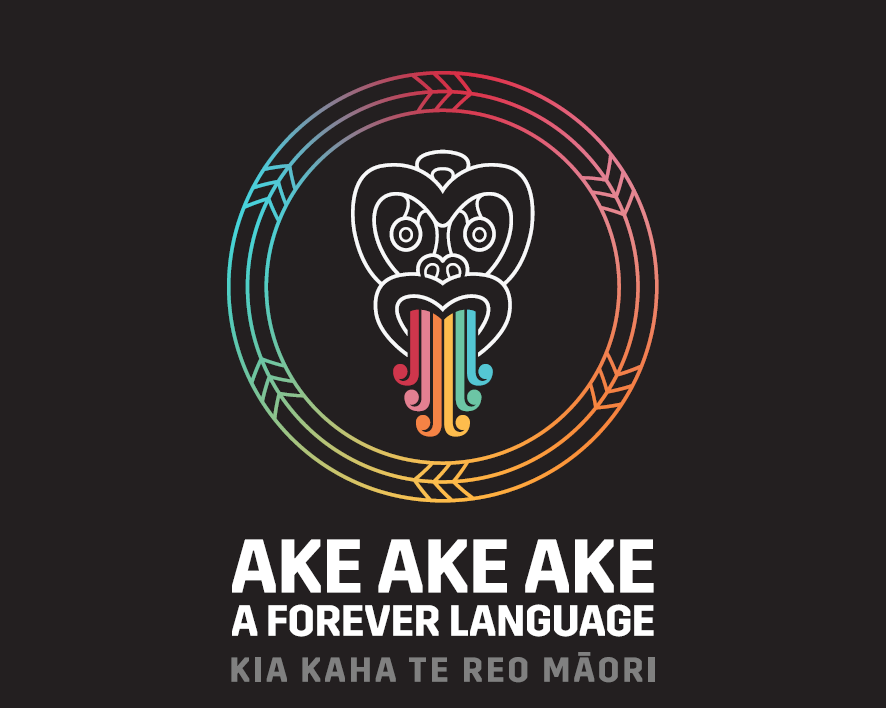
-
4.3% You are finally here
-
86.5% How are you (feeling)?
-
1.4% There are two fish
-
7.7% Pass the salt, please
Poll: Should drivers retake the theory test every 10 years?
Drivers get where they need to go, but sometimes it seems that we are all abiding by different road rules (for example, the varying ways drivers indicate around a roundabout).
Do you think drivers should be required to take a quick driving theory test every 10 years?
Vote in the poll and share any road rules that you've seen bent! 😱

-
51.1% Yes
-
46.9% No
-
1.9% Other - I'll share below
Gerda Takes On Te Reo Maori!
This year Te Wiki o te Reo Māori, Māori Language Week, is being held from September 16 to 23. It’s an important week encouraging all of Aotearoa to use te reo Māori in everyday life. Similarly, Mahuru Māori promotes speaking and celebrating te reo throughout the month of September.
Over the last couple of years, Gerda, a resident at Diana Isaac Village in Christchurch, has grown her Māori vocabulary by attending the virtual monthly te reo Māori classes offered to Ryman residents. This group learning environment is run by Anita Gill from Te Puna Reo Māori, a Māori online learning provider.
Click read more for the full story.

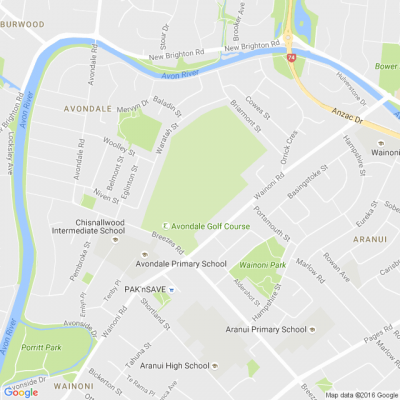
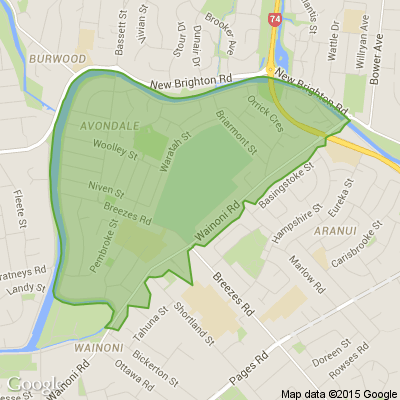




 Loading…
Loading…





